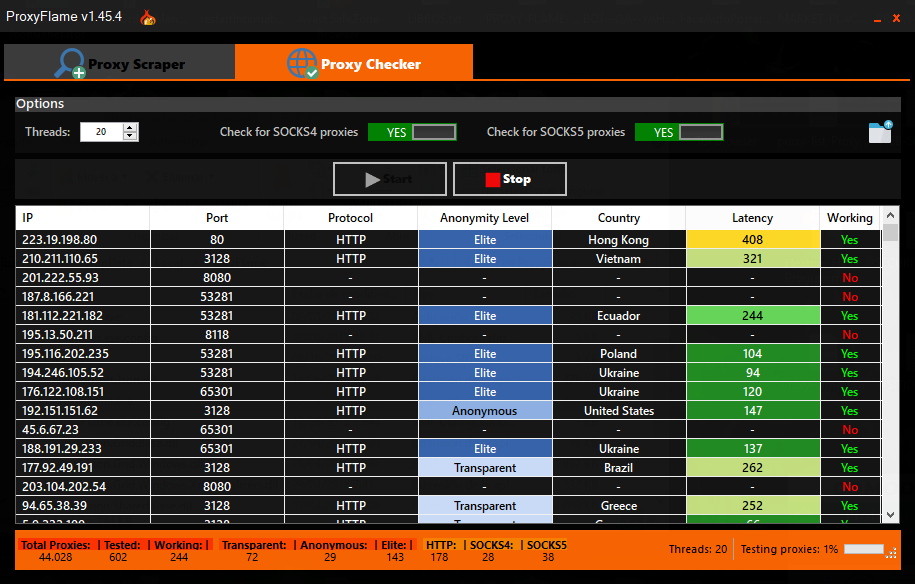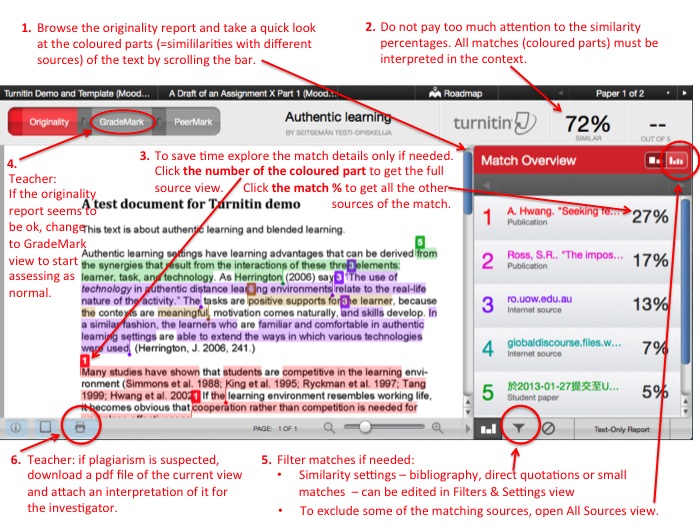
By establishing a company YouTube channel, publishing engaging videos, and linking back to your site, you can make a positive impact on your SEO.Īdd video tours of your shop floor to your website and Company Profile - they have been proven to increase sales. Leveraging Video: The second biggest search engine in the world isn’t Bing or Yahoo - it’s YouTube. You can also consider submitting guest blogs to trusted industry websites, or getting listed on popular and respected industry sites and platforms.

One of the best ways to acquire backlinks is to produce content that other people want to share. Having a backlink from a high-quality site can help give your own site a boost. Off-Page SEO Ranking Factorsīacklinks: The core of off-page SEO, backlinks are links to your site from other sites. While on-page SEO focuses on improving the quality of your website, off-page SEO focuses on leveraging other sites and places across the web to improve your position within search rankings. Be sure to convert your website from HTTP to HTTPS. SSL Encryption: A relatively new ranking factor, website security is important not only to search engines, but to your visitors as well.
#ONSITE SEO CHECKER FREE#
One simple way to speed things up is to reduce the sizes of your images using free tools like tinypng.Īlt Text: Speaking of images, you want to use them as an opportunity to boost your SEO rankings by including keyword-rich and relevant alt text - essentially a text summary of an image - for every visual on your site. If yours is taking longer than that, it could cause frustration for your visitors and hurt your site’s performance. Ideally, your pages should load in less than three seconds. Page Load Speed: Believe it or not, how fast your page takes to load is a significant ranking factor.

You can easily edit this information in WordPress, HubSpot, and other website publishing tools. Meta Description: A meta description is the small blurb of information that appears directly below your page’s title in search results. Avoid generic URL strings, such as “/page1234343” and instead use “/cnc-machining-services.” Structure your URLs in a way that make it easier for search engines to crawl your site, and include relevant keywords.

How your URLs are structured - and the words that they contain - can seriously influence your SEO results. URL Structure: One of the most frequently overlooked - and underutilized - aspects of onsite SEO is URL structuring. Be sure you are using the appropriate heading tags (H1, H2, H3), and work in keywords here as well. Headings: Search engines place more weight on headings than other text within your site. Try to work core keywords into your titles whenever possible. Titles & Title Tags: The title of your site and individual pages have a tremendous impact on your rankings. However, don’t overdo it - keyword “stuffing” is highly frowned upon, and may actually end up hurting your site's visibility.

Include them throughout your website, and incorporate them strategically into some of the elements described below. Keywords: Keywords are the search terms that you want to rank for. Providing helpful, engaging, and, most importantly, relevant content is essential if you want to be found in search results. After all, that’s why people come to your site in the first place. Relevant Content: Nothing plays a bigger role in your SEO efforts - and the success of your inbound marketing strategy overall - than the quality of your content. Onsite SEO, also known as on-page SEO, involves optimizing the content on your own site. In order for that approach to be effective, it needs to encompass both onsite SEO and offsite SEO tactics. An effective SEO approach can help you rank higher in search results, increasing your visibility and the likelihood that buyers will come to your site. That’s where a smart, targeted SEO strategy comes in. However, just having a great website isn’t enough - you need qualified buyers to actually visit your site. A polished, modern, and optimized industrial website can help you generate leads and grow your business.


 0 kommentar(er)
0 kommentar(er)
